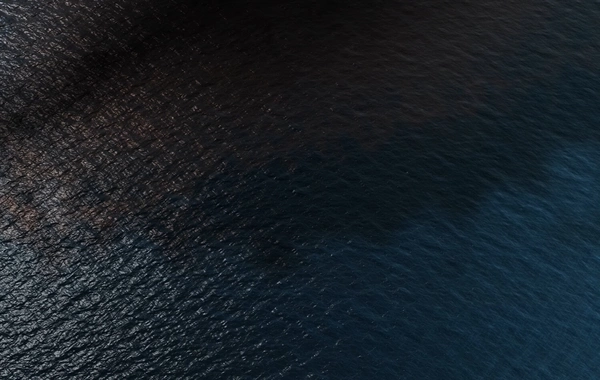Traces of a huge lake found in the Arabian desert

Lifeless desert in Arabia flourished thousands of years ago due to intense rainfall - these are the main findings of a study published in the scientific journal Communications Earth & Environment.
Today, Rub' al Khali, known as the "Empty Quarter," is one of the most extensive and arid deserts in the world, ranking first among sand deserts in terms of area. However, new research has shown that in the distant past, this region looked completely different - with full-flowing rivers and an impressive lake.
"Based on a series of datings, it was found that the lake reached its peak about 9,000 years ago during the wet period of 'Green Arabia,' which occurred between 11,000-5,500 years ago," explained geophysicist Abdalla Zaki from the University of Geneva.
Researchers determined that the ancient lake was truly grandiose - its area reached 1,100 sq. km, and its depth was about 42 meters.
The water bodies were filled by abundant monsoon rains, which were brought, as shown by deposits traced over a distance of 1100 km, by the African monsoon. They were not just moderate, but sometimes even stormy, leading to rapid and large-scale changes in the landscape.
"Due to increased rainfall, the lake eventually broke through, causing a powerful flood and forming a 150 km long valley on the desert plain," explained Professor Sébastien Castelltort from the University of Geneva.
"The formation of lake and river landscapes, as well as meadows and savannas, contributed to the expansion of hunter-gatherer and pastoral tribes in an area that today is a dry and barren desert. This is confirmed by the presence of numerous archaeological evidence in Rub' al Khali and along its ancient lake and river networks," said Professor Michael Petraglia from Griffith University.
Thus, the super-arid Rub' al Khali today was part of a "green corridor" that could have served as a key route for the migration of Homo sapiens from Africa to Eurasia.
"6,000 years ago, Rub' al Khali experienced a sharp reduction in rainfall, creating arid conditions that forced the population to move to more favorable places and changed the lifestyle of nomadic peoples," concluded Petraglia.
Similar News
South Korea will be the first country in the world to implement an AI law
South Korea prepares to become the first country in the world where comprehensive artificial intelligence legislation will actually come into effect. As reporte...




 Azərbaycanca
Azərbaycanca  По-русски
По-русски  English
English 





